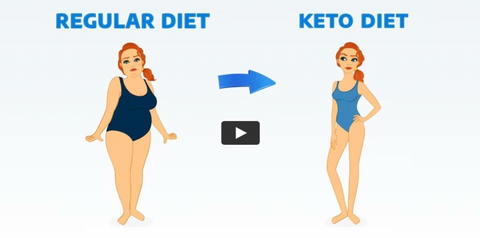In today's fast-paced world, it's all too easy to let our health take a backseat. With endless to-do lists and jam-packed schedules, it can feel like there's just not enough time in the day to prioritize our wellbeing. One area that often falls victim to our busy lives is our diet. We may opt for quick, high-calorie meals on the go instead of taking the time to prepare wholesome, low-calorie meals at home. But is this truly a trade-off we should be making?
In this blog post, we'll explore the pros and cons of two approaches to food: "I have no time" - relying on high-calorie food that can be bought, and "I find the time" - making the effort to prepare healthy food with low calories.
"I have no time": High-Calorie Food That Can Be Bought
When we're short on time, it's tempting to reach for the nearest fast food joint or grab a pre-packaged meal at the grocery store. These options may be convenient, but they're often high in calories, unhealthy fats, and sugar. Consuming these foods regularly can lead to weight gain, low energy levels, and an increased risk of chronic diseases such as heart disease and diabetes.
Some common high-calorie foods that are easily accessible include fast food burgers and fries, pizza, sugary drinks, and processed snacks such as chips and candy. While these may satisfy our hunger in the moment, they don't provide the nutrients our bodies need to thrive.
"I find the time": Healthy Food with Low Calories
On the other hand, taking the time to prepare healthy, low-calorie meals can have numerous benefits for our physical and mental wellbeing. By choosing fresh, whole foods and preparing them at home, we can control the ingredients and ensure that we're getting the nutrients we need.
Some examples of low-calorie foods include lean proteins such as chicken and fish, whole grains like quinoa and brown rice, and a variety of fruits and vegetables. These foods can be combined in countless delicious and satisfying ways, from colorful salads to hearty soups and stews.
While it may require more effort and planning, preparing healthy meals at home can save time and money in the long run. Plus, the positive effects on our health are priceless.
Making Time for Health
So, which approach should we choose? While it may be tempting to opt for the quick fix of high-calorie food when we're short on time, it's important to remember that our health should always be a priority. By making the effort to prepare healthy meals with low calories, we can nourish our bodies and minds, and set ourselves up for long-term health and wellbeing.
Here are some tips for making time for healthy eating:
- Plan ahead: Set aside time each week to plan your meals and make a grocery list. This can save time and prevent impulse buys of unhealthy foods.
- Prep in advance: Take advantage of downtime to prepare ingredients or cook meals in bulk. This can save time during busy weekdays.
- Keep it simple: You don't need to be a gourmet chef to prepare healthy meals. Focus on simple, whole foods that can be combined in tasty and satisfying ways.
- Get creative: Healthy eating doesn't have to be boring. Experiment with different flavors, textures, and cooking methods to keep things interesting.
In conclusion, making time for health is a choice we can all make. By choosing low-calorie meals over quick fixes, we can nourish our bodies and minds, and enjoy the benefits of long-term health and wellbeing.
Would You Like to Know Exactly What to Eat to Lose Fat and Get Healthy Without Giving Up Your Favorite Foods or Starving Yourself? Watch this short video presentation to learn how:


